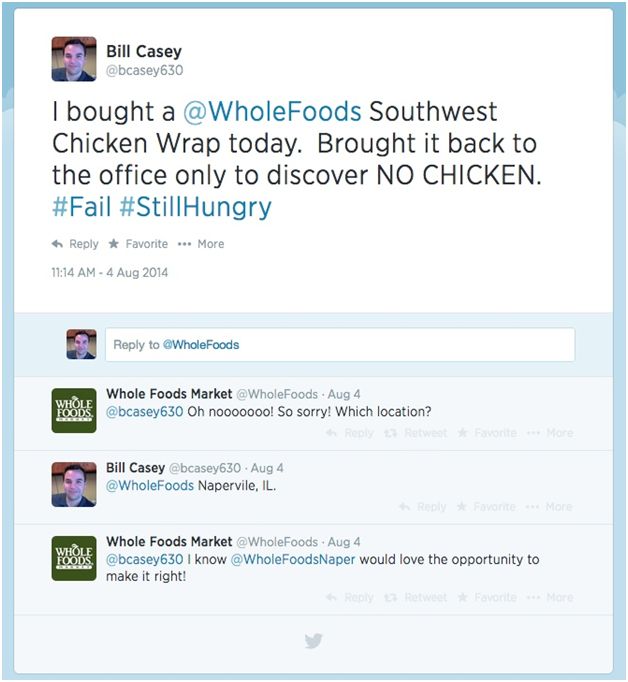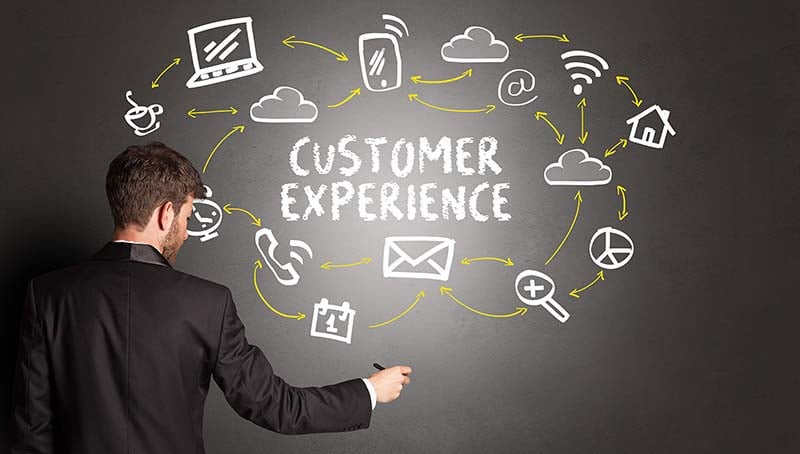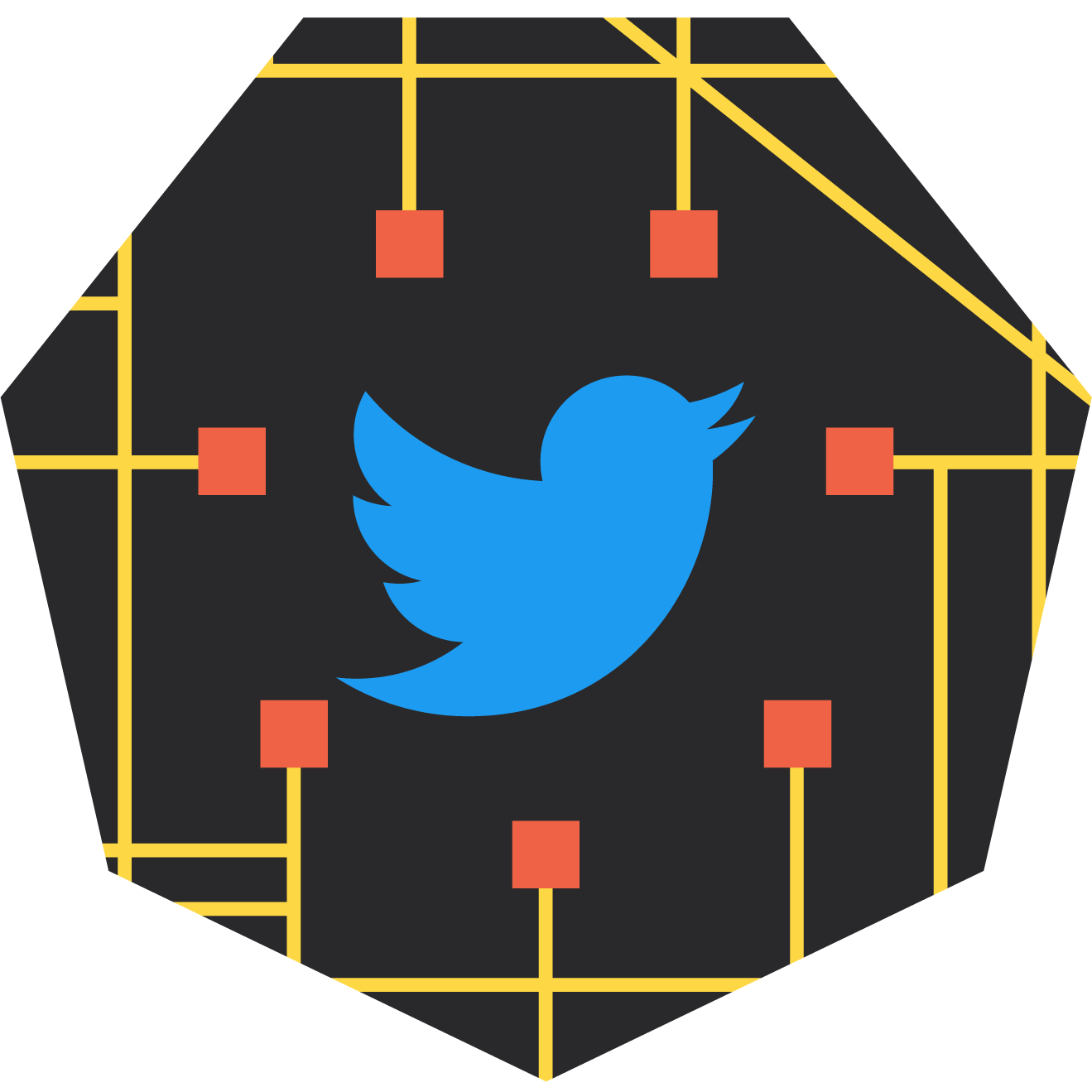Nailing Customer Experience
Bill Casey CEO & Partner#Industry Insights, #Customer Experience

We share some examples of customer interactions that demonstrate the importance of providing the best possible customer experience, either online or offline.
Every company says they love their customers. Of course they do; customers are the ones who pay the bills. However, there often seems to be a wide gap between what is said and what is practiced when it comes to actually providing an experience that customers love, or even begrudgingly tolerate. In today’s ultra-competitive, connected consumer world, customer experience is more crucial than ever. Differentiating yourself and earning real customer loyalty is a goal that every company strives for, but very few are able to actually pull off consistently. One reason for this is lack of effort or a misguided understanding of what it means to provide a great customer experience in the multitude of channels we interact with customers.
What is Customer Experience?
Type that question into Google and you’ll get the following answer:
This is a great answer, and also a nice example of providing a great customer experience. Google’s entire existence surrounds perfecting customer experience - an elegantly simple interface and near instantaneous responses with remarkably relevant answers. You know you’ve succeeded in the experience game when your company name becomes an everyday verb synonymous with the action that the company is built around. We all refer to “Googling" something (performing an Internet search) everyday, but how often have you heard about someone “Comcasting” (watching TV) or “United Airlinesing” (flying on an airplane)? Granted, that sort of blurring between brand and action is extremely rare, but the Google example exemplifies their total commitment to customer experience. There were many search engines before Google, but most fell by the wayside because Google was simply a better experience for users.
Apple is another famous example of customer experience guiding a company’s vision and strategy. From the natural, user-focused interface of Apple products to the re-invention of the retail store, Apple created experiences that people loved, and they’ve done pretty well for themselves. But lets face it… Most companies are not going to be the next Google or Apple. The vast majority of business are struggling with multiple competitors and trying to carve out a share of customer loyalty from an increasingly knowledgeable, limited attention span client base that is more than willing to jump from one brand to the next.
But the good news is that nailing customer experience is not something attainable only by corporate giants and once-in-a-lifetime visionaries. Every company has the means to set themselves apart from their competition and provide an experience to customers that will gain loyalty and continued business. Author and consultant Peter Shankman hilariously and accurately sums it up by claiming that all a company needs to do is be one level better than crap.
He contends that the average customer is so used to painful and irritating experiences when dealing with companies, that simply by finding small ways to provide a pleasing experience where one was not expected, you’ll stand out and gain that sought after loyalty. But this does not mean that half measures or just talking a good game will do much for you. The following are some examples I personally experienced where the company I was dealing with almost got it right, but not quite.
Whole Foods, Partial Experience
There’s a Whole Foods store near our office that I go to for lunch on occasion. One particular day, I went and purchased a blackened chicken wrap (trying to be healthy and all that). When I got back to the office and started eating my wrap, I quickly discovered there was absolutely no chicken in it! Rather than get back in the car and bring my partially eaten wrap back to Whole Foods, I just decided to complain about it on Twitter. Other than simply venting, I wanted to use this as an experiment in customer experience and see how Whole Foods would, or would not, respond. Here is what the original Twitter exchange looked like:

Hey, this was great! Not only did I get a speedy reply back from Whole Foods, it was very friendly and personal (as opposed to a canned response), and the conversation was conveniently directed to the local branch to hopefully take care of the situation. Maybe I’d get a free wrap out of this? This was a small, but unexpected level of service that created a positive experience for me. Yay Whole Foods! Now I awaited the next steps where the local branch would pick up the conversation and prove how great Whole Foods really is. Unfortunately, that was not to be the case. After directing the tweet to the local branch, the response was…. [queue the sound of crickets]. I never heard back from them and I never followed up.
So, this was not the biggest disappointment I’d ever experienced in my life, and I didn’t bother to put much effort into rectifying the problem. But what it did provide was a teachable moment in how social media can play a big role in customer experience. To their credit, the Whole Foods Corporate Twitter Manager (or whatever he or she is called) was on the ball and provided an unexpected and positive response. However, this did not extend down to the local level and the direct source of my original interaction. In the end, my experience was a tad disappointing, where it could have been great if the proactive social media experience management was truly company-wide and not just at the top corporate level.
Don’t Just Talk the Talk
Another example, which I’m sure many, many people can relate to, dealt with an interaction with my bank. As is unfortunately all too common this days, my debit card had been compromised, and I needed to cancel it and have a new one issued. When I got on the phone, the representative was duly concerned with my misfortune and ensured they would do everything to immediately help me, because I was a valued client and their purpose in life was to make me happy. The effusive helpfulness and graciousness was a little over the top, but whatever… I just wanted to get a new debit card. Fifteen minutes later, after being transferred to two more representatives even more helpful and gracious than the last, I was getting ready to reach through the phone and strangle someone. All I wanted to do was cancel my card and get a new one, but I couldn't get away from people who kept telling me how sorry they were this happened and how much the bank cared about serving me.
Eventually, I had the problem corrected and a new card was issued. But the experience to get there, as well intentioned as it was, was frustrating and downright irritating. While a great effort was placed in verbally trying to create a wonderful customer experience, the reality was a slow, overly complicated process that took much longer than it should have. The bank had clearly gone to great lengths in training their customer service representatives to go above and beyond in the politeness and caring department, but neglected to actually create a streamlined and efficient process to complete a fairly mundane task. Creating a great customer experience takes more than just talking about it - you actually need to do it.
Getting it Right
One example of a company that gets customer experience is Slack. This is a newer company that created a team messaging app that is gaining popularity. We started using Slack a couple of months ago, and it was clear early on that customer experience is at the forefront of their mission. The app itself is very intuitive, well designed, and chock full of features without being clunky or complicated. Simply using the app is a pleasant customer experience. When I had a question about future releases of the product, I sent in an inquiry from the contact form on their easy-to-use, nice looking website. Within minutes, I received a personal response answering my question perfectly and succinctly. Every interaction I’ve had with Slack has been a good customer experience, and now I am writing positively about them in this blog, which may get a reader or two to check them out. Even if the product itself was great, if their website was terrible or their customer service was lacking, I probably would not have as high of an opinion of them as I do and may not have become an advocate for them. But Slack didn’t stop at designing a great product; they created a great company focused on creating great experiences, wherever that experience may occur. That is the key in making a difference in today’s business world.
Here at Diagram, we continually try to create great experiences for our clients, from the interactions with our design and technical teams, to delivering a quality end product that meets and exceeds expectations. But just as important to us is the experience of the end users of the websites we build. Our clients are looking to us to help them create great experiences for their clients, whether this is to sell more products, enhance the brand, or provide exceptional service and information. In order to be successful, we need to continually walk the walk and not just build a beautiful website, but understand who the target audience is and what it takes to make sure they receive a great experience too. In the end, it usually comes down to the little things to make customers happy. Be responsive, don’t be confusing, deliver what you say you’re going to deliver, and most importantly, make a customer’s day a little bit better. It's not as hard as you think.
Related Posts

3 Reasons Your Business Needs to Focus on Customer Experience
While there are many reasons why companies should focus on customer experience, here are three timely reasons that should be top of mind for any marketer.

How Brands can Navigate Elon Musk's Twitter
Should the changes at Twitter impact your social strategy? Is it still an effective way to connect with your customers? Read more to learn why or why not.
Results Matter.
We design creative digital solutions that grow your business, strengthen your brand and engage your audience. Our team blends creativity with insights, analytics and technology to deliver beauty, function, accessibility and most of all, ROI. Do you have a project you want to discuss?
Like what you read?
Subscribe to our blog "Diagram Views" for the latest trends in web design, inbound marketing and mobile strategy.
